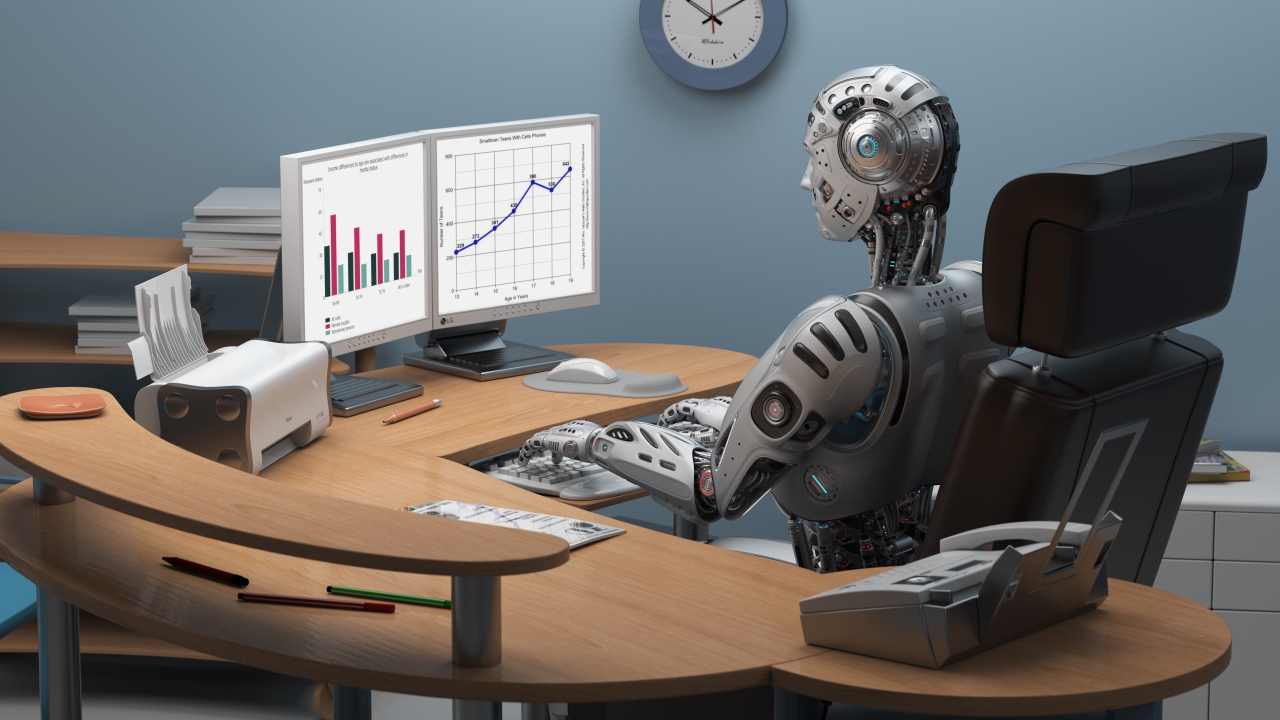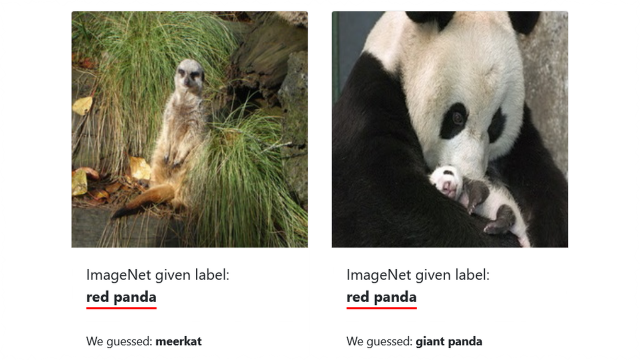
Being able to “outsmart” technology is important to workers
Originally posted on The Horizons Tracker.
A few years ago Adecco asked1 workers how they felt about the introduction of AI-based technology into the workplace, and the overwhelming majority felt optimistic, saying that they thought it would make their lives better.
The emergence of ChatGPT in 2022 sparked a fresh wave of fears that jobs would be automated en masse, but a recent study2 from ISM University of Management and Economics suggests that workers remain fine with AI in the workplace, providing they retain the belief that they have the intellectual edge over the machines.
Automation at work
The researchers examined a couple of manufacturing companies that were introducing automation into the workplace. Both employees and managers were quizzed to understand how the introduction of robots was received.
“We began our research project with guiding research questions about how people respond to labor being replaced by robots and how they adapt to working with robots that are not reliable,” the researchers explain.
The results reveal that the robots would regularly malfunction, with this unreliability prompting workers to try and find workarounds to outsmart them and maintain a functioning production line. There was also a constant stream of negative comments about the robots and their capabilities.
“By mocking and making fun of the robots, the employees reinforced their views of the robots as being in a lower and less competitive position than the humans (‘robots are childish’), and also reduced their tension and fear of losing their jobs,” the authors continue. “Even the nicknames the workers assigned to the robots, which were human names popular in more rural areas or the names of silly cartoon characters, alluded to the fact that they viewed the robots as belonging to a different (lower) social class, one which they could make fun of and demean.”
Working with machines
This perception matters, as research3 from Stanford shows that the best results tend to involve man and machine working together. The study’s analysis is based on data from approximately 65,000 users of HealthifyMe, a subscription-based weight loss app serving individuals in India.
HealthifyMe offers two types of plans: one relies solely on AI algorithms to suggest goals and recommend changes in diet and fitness routines, while the other incorporates AI alongside human coaches who can provide more personalized weight loss guidance and a compassionate presence.
When human coaches and AI are combined, the results are significantly better. According to the research, customers who received guidance from both human coaches and AI achieved an average weight loss of about 5 pounds over three months, while those who relied solely on AI experienced a slightly lower average weight loss of less than 3 pounds.
Getting this partnership
The ISM study casts doubts on whether this partnership is likely, however, as the very act of trying to outsmart the machines resulted in a boost to the meaningfulness that workers felt about their job.
“We identified a paradoxical situation where what initially seemed adverse—imperfect robots—had positive outcomes for employees by increasing their perceptions of the meaningfulness of their work.” the researchers explain.
Outwitting the robots boosted workers’ feelings of self-sufficiency on the factory floor. They not only viewed the input of employees as crucial but also regarded the act of outsmarting the robots as both a duty and a marker of a capable operator.
What is the value of humans?
As such, if you want to get the best out of automation, an important first step is to ensure that you first understand what value the humans in your workforce bring.
This was reflected in research4 from Cornell, which showed how involving worker representatives in the introduction of new technology ensured better outcomes for all concerned.
The study investigates how unions and worker councils have reacted to the rise of what’s known as algorithmic management in call centers run by telecom companies in Norway and Germany.
The research underscores the significance of granting workers a say in making sure the benefits of new technologies are distributed fairly between employers and employees. The researchers clarified that employees usually possess valuable insights into potential issues with the technology and how it can enhance their work.
“Workers shouldn’t have to feel they have to compete with robots and outsmart them to still be valued at work. So one lesson that managers can take away from our study is to plan ahead of automation about what will be the meaning and the purpose of humans operating the technology. People need to feel that their work is worthy,” the researchers conclude.
Article source: Being Able To “Outsmart” Technology Is Important To Workers.
Header image source: Created by Bruce Boyes with Bing Image Creator using the prompt “photograph, person working with an assembly line robot, person smiling.”
References:
- Adecco, (2017, April 24). Adecco Research Reveals Rise in Flexible Working as the Number of Robots in the Workplace Multiplies. Presswire. ↩
- Goštautaitė, B., Liubertė, I., Parker, S. K., & Bučiūnienė, I. (2023). Can You Outsmart the Robot? An Unexpected Path to Work Meaningfulness. Academy of Management Discoveries, DOI: 10.5465/amd.2022.0113. ↩
- Kapoor, A., Narayanan, S., & Manchanda, P. (2023). Does Access to Human Coaches Lead to More Weight Loss than with AI Coaches Alone? (No. 4070). ↩
- Doellgast, V., Wagner, I., & O’Brady, S. (2023). Negotiating limits on algorithmic management in digitalised services: cases from Germany and Norway. Transfer: European Review of Labour and Research, 29(1), 105-120. ↩






